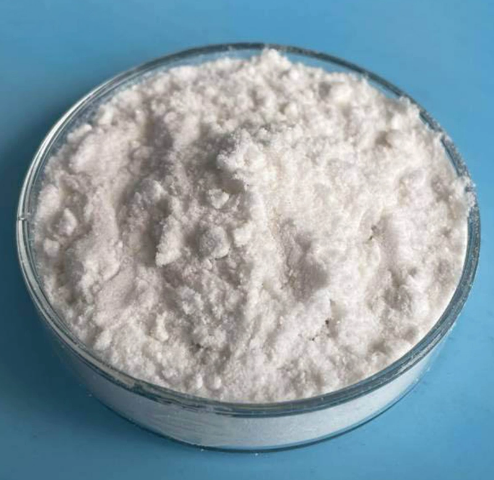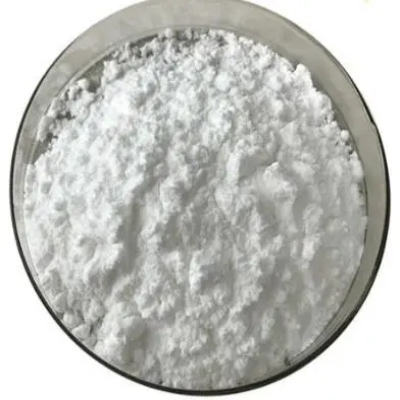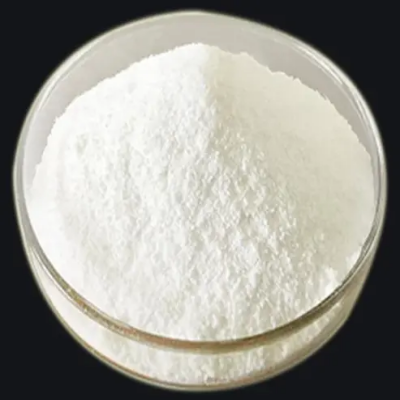4-Methylumbelliferyl-beta-D-glucopyranoside CAS:18997-57-4
The effect of 4-Methylumbelliferyl-beta-D-glucopyranoside (MUG) is to serve as a substrate for the enzyme beta-glucosidase. This enzyme cleaves the glucosidic bond of MUG, resulting in the release of 4-Methylumbelliferone (4-MU).The application of MUG is primarily in the field of microbiology, specifically for the detection and identification of beta-glucosidase-producing bacteria. MUG is commonly used in the detection of Escherichia coli (E. coli) in water and food samples. E. coli possesses the enzyme beta-glucosidase, which can hydrolyze MUG and produce a fluorescent signal in the presence of ultraviolet (UV) light.The fluorescent property of 4-MU allows for easy detection and quantification. When the MUG substrate is hydrolyzed, the 4-MU generated emits a blue fluorescence, facilitating the identification of bacteria that possess beta-glucosidase activity. This method is commonly used in environmental monitoring and food safety testing, as it provides a rapid and sensitive means of detecting bacterial contamination.In addition to its application in microbiology, MUG can also be used to study the activity and inhibition of beta-glucosidase in biochemistry and molecular biology research. Its fluorescence enables the measurement of enzyme kinetics and can be used to screen for potential inhibitors or activators of beta-glucosidase activity.Overall, MUG is a versatile compound that finds widespread application in the fields of microbiology, biochemistry, and molecular biology for the detection of beta-glucosidase activity and the identification of bacteria that produce this enzyme.
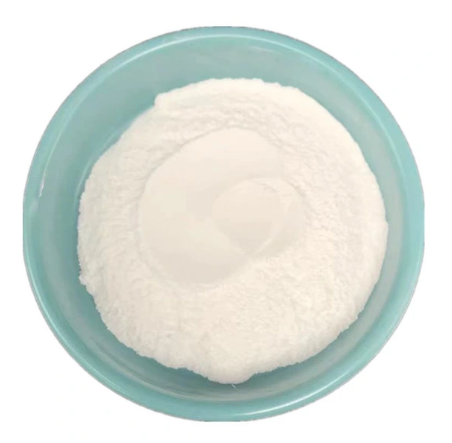
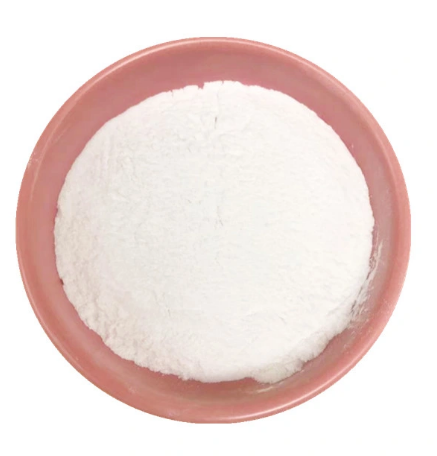
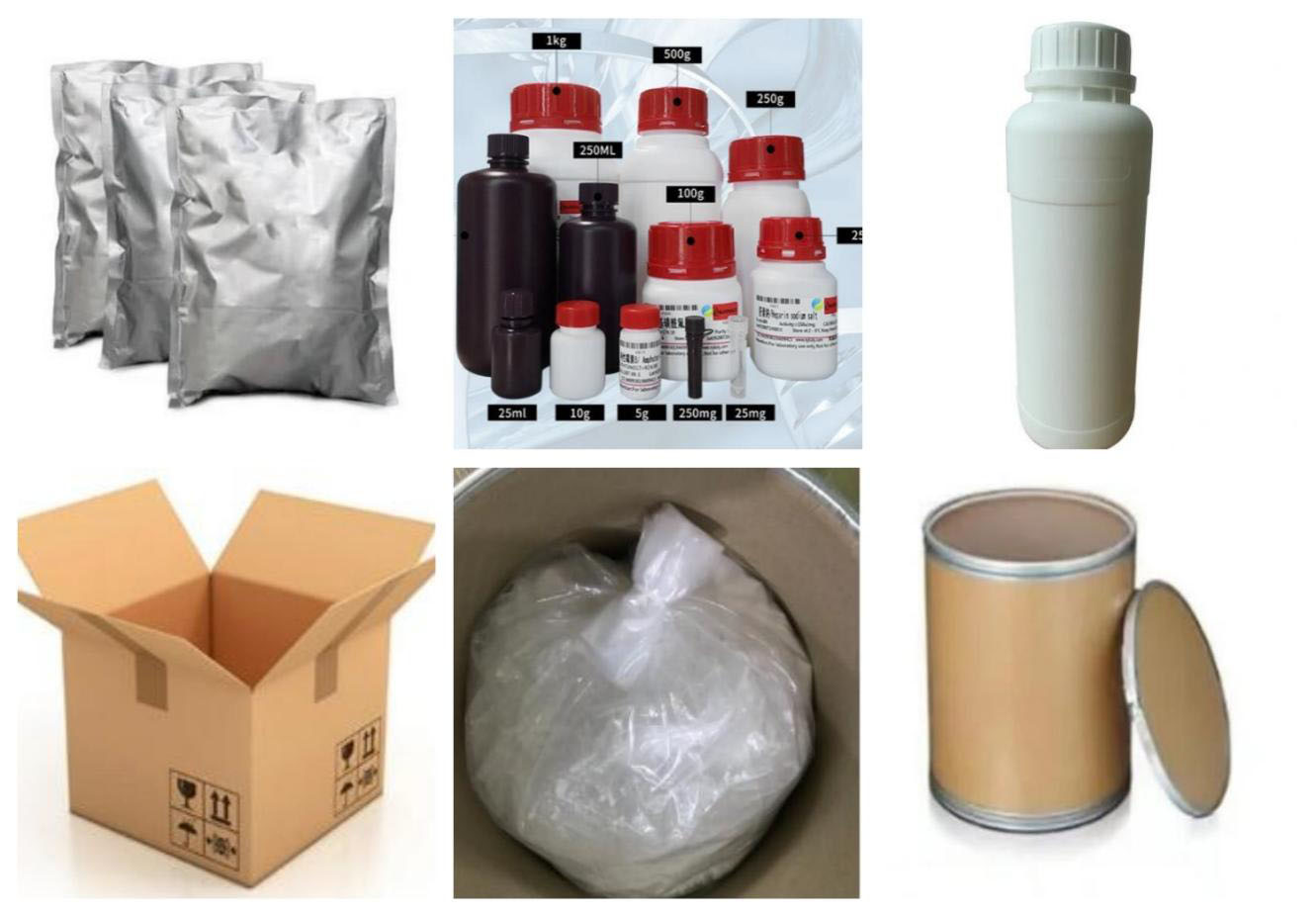
| Composition | C16H18O8 |
| Assay | 99% |
| Appearance | White powder |
| CAS No. | 18997-57-4 |
| Packing | Small and bulk |
| Shelf Life | 2 years |
| Storage | Store in cool and dry area |
| Certification | ISO. |


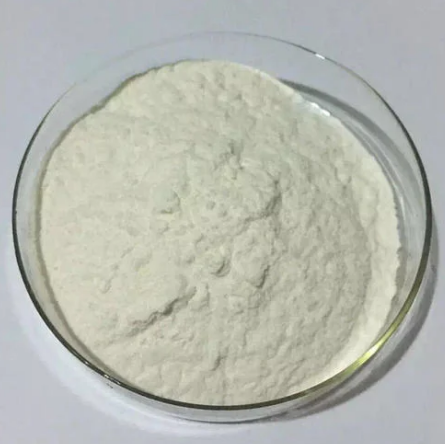

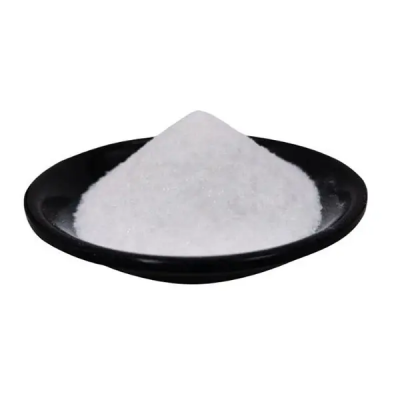
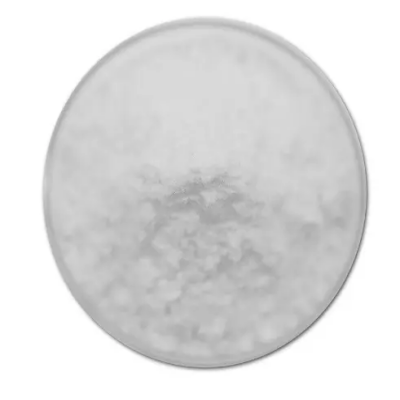
![[1,2-Bis(diphenylphosphino)ethane]dichloropalladium(II) CAS:19978-61-1](https://cdn.globalso.com/xindaobiotech/629P2CZ3TH9SERL21ONG62.png)
